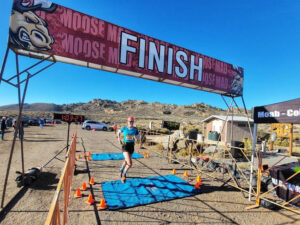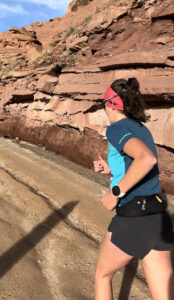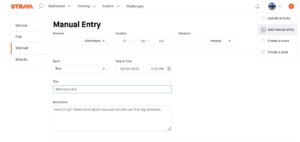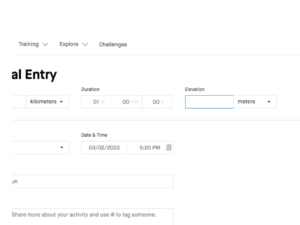Skimo Gear Guide & Skimo Gift Guide
The Ultimate Skimo Gear Guide & Gift Guide for Uphill Athletes
Hey everyone, it’s Lara here, and I’m excited to share this comprehensive Skimo Gift Guide with you. If you’re new to the world of skimo, you might want to check out my recent post on What is Skimo to get a better understanding of this amazing sport. Obviously I couldn’t include everything, there’s so many great products out there. I chose a few varied options to get started.
Introduction
Skimo, or ski mountaineering, is a demanding and rewarding sport that requires the right gear to perform at your best. Whether you’re shopping for a beginner or a seasoned athlete, this guide will help you find the perfect gifts. We’ve included prices in USD and AUD, along with the best places to buy, considering shipping costs for our Australian readers.
1. Backpacks for Skimo Racing

When it comes to skimo racing, every gram counts and the right backpack can make a significant difference. I own both these packs. Please note, for racing I prefer packs with a shoulder hook attachment for a fast bootpack transition, same with a loop. The Camp Rapid Racing has a larger loop than the DNA 16, if your skis happen to be a little wider.
For example, my Dynafit 88s can be attached to the bootpack mechanism in the Camp Rapid Racing 20L, but not the DNA 16. My 64 underfoots can secure to either pack.
Camp Rapid Racing 20L Pack
- This pack is a favorite among serious skimo racers. It features the Wire Xpress ski carrying system, is lightweight at 280g, and has a 20L capacity.
- Price: $139.95 USD (approx. $217 AUD) at Cripple Creek Backcountry.
- Why it’s great: Perfect for those who need quick access to their gear and a comfortable fit during long races.
Dynafit DNA 16 Pack (Shown in photo above!)
- Designed specifically for skimo racing, this ultra-lightweight pack weighs in at just 240g.
- Features include a quick ski attachment system and dedicated safety gear compartments.
- Price: Around $120-$140 USD (approx. $186-$217 AUD) at Dynafit.
- Why it’s great: Ideal for short races where every ounce matters. I use it for all my shorter disciplines, including individuals that last around 2-3hours.
2. Gloves for Warmth and Dexterity
Gloves are crucial for maintaining dexterity and warmth during skimo events.
Dynafit Mercury Dynastretch Gloves
- These gloves are breathable, wind-resistant, and perfect for uphill climbs.
- Price: $74.95 USD (approx. $116 AUD) at Cripple Creek Backcountry.
- Why it’s great: Keeps your hands warm without overheating.
Black Diamond Screen Tap Liner Gloves
- Lightweight with touchscreen compatibility.
- Price: Around $40 USD (approx. $62 AUD).
- Why it’s great: Perfect as liners or standalone gloves in mild conditions.
3. Skins for Grip and Glide

Skins are a critical component of any skimo setup. You can’t get uphill without them. I’ll soon do a post on trimming skimo skins + fitting skimo skins. If you’re racing, you’ll want skins that have no tail clip, and just a pull tab. This makes transitions MUCH faster and all-around more convenient.
Pomoca Climb Pro S-Glide V2 Skins (not for racing)
- Known for their exceptional grip and glide performance.
- Updated V2 tip and tail attachments ensure a secure fit.
- Price: $209.95 USD (approx. $325 AUD) at Cripple Creek Backcountry.
- Why it’s great: Top choice for competitive skimo racers.
Contour Race Skins (racing)
- Ultra-lightweight mohair skins designed specifically for racing.
- Lightning-fast removal with tip pull tabs.
- Price: $139.95 USD (approx. $217 AUD) at White Mountain Ski Co. Or here at Skimo Sky&Run
- Why it’s great: Perfect for those seeking high-performance skins.
Dynafit Speed Skins (racing)
- High-performance skins optimized for speed touring and racing.
- Price varies depending on the model but typically around $150-$200 USD.
- Why it’s great: Excellent balance of grip and glide.
4. Bindings for Lightweight Performance
Bindings are a key component in any skimo setup, and the right ones can make a huge difference.
ATK Race Bindings
- Lightweight yet durable bindings designed for competitive skimo racing.
- Mismatch models available at discounted prices.
- Price: $550 USD (approx. $850 AUD) at White Mountain Ski Co.
- Why it’s great: Versatile and adjustable.
Dynafit Low Tech Race Bindings
- Minimalist design with maximum efficiency for uphill athletes.
- Typically priced around $400-$600 USD (approx. $620-$930 AUD).
- Why it’s great: Excellent weight-to-performance ratio.
Ski Trab Race Bindings
- Premium bindings offering excellent reliability in race conditions.
- Price: Around $600-$800 USD (approx. $930-$1240 AUD).
- Why it’s great: High-performance and durable.
5. Helmets for Safety
Safety should never be compromised, especially in skimo racing. Most races make helmets mandatory across all disciplines. VERY occasionally will you find a race that will allow you to choose whether you use a helmet in the vertical discipline.
Dynafit DNA Helmet
- Triple-certified (skiing, climbing, biking), ultralight at 300g, with excellent ventilation.
- Price: Around $150-$200 USD (approx. $230-$310 AUD) at Dynafit.
- Why it’s great: Lightweight and highly protective.
Camp Lightweight Helmets
- Designed specifically for skimo racing with minimal weight and solid protection.
- Price ranges from $100-$150 USD (approx. $155-$230 AUD).
- Why it’s great: Perfect for those who need a lightweight helmet without compromising safety.
Camp Speed Comp Helmet 2.0
- Another lightweight option with excellent ventilation and protection.
- Price: $119 USD (approx. $186 AUD) at outdoor retailers.
- Why it’s great: Great balance of weight and protection.
6. Sunglasses & Goggles
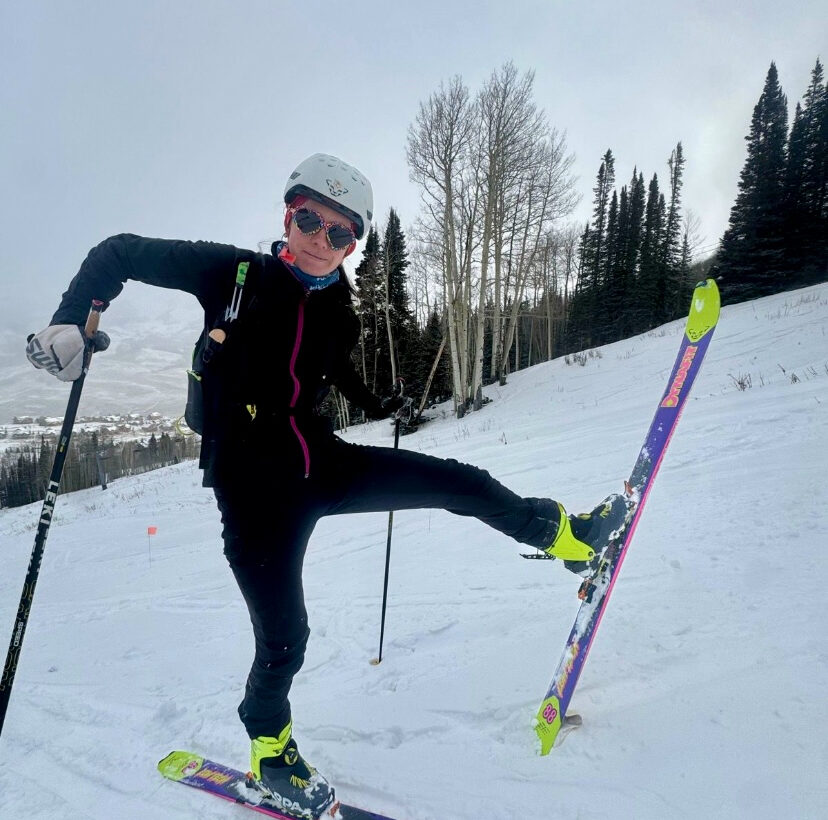
Good vision is crucial in varying light conditions.
Dynafit Trail Pro Sunglasses
- Closed-circle construction with self-tinting photochromic lenses.
- Extremely light at 34 grams and adaptable to any light condition.
- Price: Around $100-$200 USD (approx. $155-$310 AUD) at Dynafit.
- Why it’s great: Perfect for adjusting to different light conditions and providing clear visibility in both sunny and shaded areas.
Pit Viper The Combustion French Fry Goggle
- Photochromic lenses with Hyperventilator™ anti-fog technology.
- Price: Check current pricing at Pit Viper.
- Why it’s great: Bold design and top-notch tech for clear vision in varying conditions.
Julbo Aerospace Goggles
- Photochromic lenses with SuperFlow ventilation system.
- Price: Around $250-$300 USD (approx. $388-$465 AUD).
- Why it’s great: Excellent ventilation and clear vision in harsh conditions.
7. Headlamps: Lighting Solutions
A good headlamp can be a lifesaver during early morning or late evening skimo sessions.
Silva Trail Speed 5XT Headlamp
- Features Silva Intelligent Light and Flow Light for optimized beam patterns.
- 80 lumens on low mode with 20-hour burn time.
- Price: Approximately $150-$180 USD (approx. $233-$279 AUD) at Silva.
- Why it’s great: Excellent performance in cold weather and long battery life.
Petzl NAO+ Headlamp
- Reactive lighting technology and bluetooth connectivity.
- Price: Around $200 USD (approx. $310 AUD).
- Why it’s great: Automatically adjusts brightness based on surroundings.
Black Diamond Icon Headlamp
- 500 lumens with excellent cold-weather performance.
- Price: Around $100 USD (approx. $155 AUD).
- Why it’s great: Robust and reliable, perfect for harsh conditions.
8. Base Layers
Base layers are the foundation of your skimo gear.
Smartwool Classic Thermal Merino Base Layers
- 100% Merino wool for excellent thermoregulation and odor resistance.
- Price: $110 USD (approx. $171 AUD) each for top and bottom at Smartwool.
- Why it’s great: Keeps you warm and dry. For warmer conditions, the Smartwool 150 weight is ideal, while the 250 weight is better for colder conditions.
9. Wind Layers
Wind layers are often mandatory gear in skimo races and make excellent gifts.
Dynafit DNA Wind Jacket
- Ultralight and packable wind protection.
- Often meets mandatory gear requirements for races.
- Price: Around $100-$120 USD (approx. $155-$186 AUD) at Dynafit.
- Why it’s great: Lightweight and effective.
Rab Vital Windshell Hoody
- Lightweight, breathable, and wind-resistant with a hood for added protection.
- Ideal for winter conditions with its durable water repellent finish.
- Price: Around $80-$100 USD (approx. $124-$155 AUD) at Rab.
- Why it’s great: Versatile protection for various weather conditions, perfect for layering in winter.
- Key features include:
- Built with Rab’s proprietary Atmos™ fabric, which is windproof and water-resistant with a fluorocarbon-free DWR finish.
- Weight: 130g, making it super versatile and packable for spring and summer mountain adventures.
- Stiffened hood peak, rear volume adjustment, and elasticated opening to keep it secure in windy conditions.
- Full-length YKK® front zip with an internal storm flap and roll-over chin guard to block out the cold and wind.
- Snap closure at the chest for venting and temperature regulation.
- Dropped shoulder seams for a seamless fit with a pack, elasticated cuffs to keep the breeze out, and two zipped hand pockets for gloves or a hat.
Camp Magic Jacket
- Minimalist wind jacket designed for skimo racing.
- Extremely lightweight and packable.
- Price: Approximately $80-$100 USD (approx. $124-$155 AUD).
- Why it’s great: Perfect for those who prefer a super lightweight setup.
Crazy Idea Acceleration Wind Pants
- Lightweight wind pants specifically for skimo racing.
- Price: Around $90-$110 USD (approx. $140-$171 AUD).
- Why it’s great: Essential for protecting against harsh winds.
These wind layers are designed to provide protection against wind and weather while maintaining breathability and packability, making them ideal for skimo racing and training.
10. Skimo Skin Suits
Skin suits are a game-changer for serious skimo racers.
Dynafit DNA Race Suit
- Second-skin fit with intelligent features like internal skin pockets and boot loops.
- Perfect balance of breathability and protection from the elements.
- Price: $300-$400 USD (approx. $465-$620 AUD) at Dynafit.
- Why it’s great: Top-of-the-line performance and comfort.
Karpos Race Suit
- Made predominantly from Lycra Power fabric, which offers high elasticity, muscle compression, and complete freedom of movement. It is tear-resistant and provides UV protection.
- Key features include:
- Front Vislon® zip with double sliders for faster opening and a zip garage.
- Silicone material on shoulders with anti-slip inserts for race pack straps.
- Two large external mesh pockets for quick access to skins and other items.
- Two smaller zippered chest pockets for storing avalanche transceivers and other gear.
- Large inside pocket for skins storage.
- Gore Windstopper fabric on the front half of the leg panels for warmth.
- Cordura® inserts on the right side and leg bottoms for protection against ski edges and boot crampons.
- Elastic stirrups at the bottom of the legs to keep the suit in place against the boots.
- Mesh back panel for increased breathability.
- Thermofleece lining inside the collar and wrist cuffs for warmth and comfort.
- Semi-separated upper and lower body sections for easy access and comfort.
- Weight: Approximately 530g (size L).
- Fit: Second-skin fit, designed to be comfortable and stretchy without looking loose.
- Price: Around $300 USD at various retailers like Skimo Co.
- Why it’s great: Perfect for skimo racing and training, especially in warmer/spring conditions. It can be easily adapted for colder days by wearing warmer underwear. Practical outside pockets for faster transitions and overall efficiency.
- Note: The knee area could benefit from a warmer fabric panel for added protection on colder days.
Conclusion
Finding the right gear for skimo can be overwhelming, but with this guide, you’re well-equipped to make informed decisions. Remember to consider shipping costs and potential import fees, especially if you’re shopping from outside your region. For our Australian readers, look for stores that offer reasonable international shipping rates.
Happy shopping, and I hope your loved ones enjoy their new skimo gear!
Additional Tips
- Price Comparisons: Always compare prices across multiple websites to find the best deals. Websites like Cripple Creek Backcountry, White Mountain Ski Co, and REI often have competitive pricing.
- Shipping: Consider the shipping costs and estimated delivery times when making your purchase. Sometimes buying from a local distributor can save you money and time.
- Brand Websites: Directly purchasing from brand websites can sometimes offer the latest models and exclusive deals.

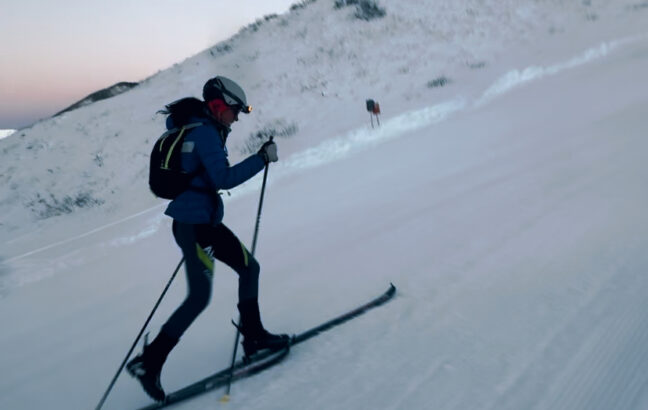
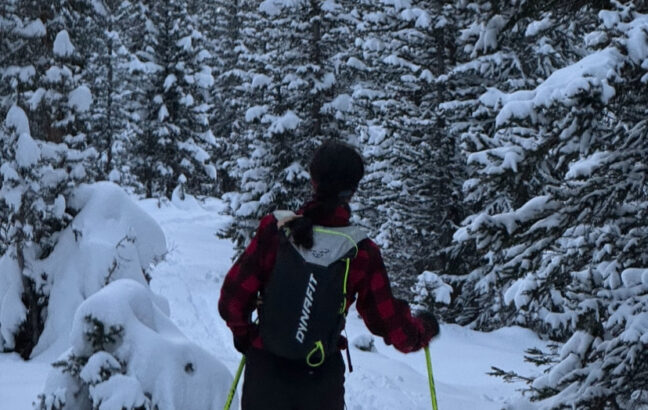
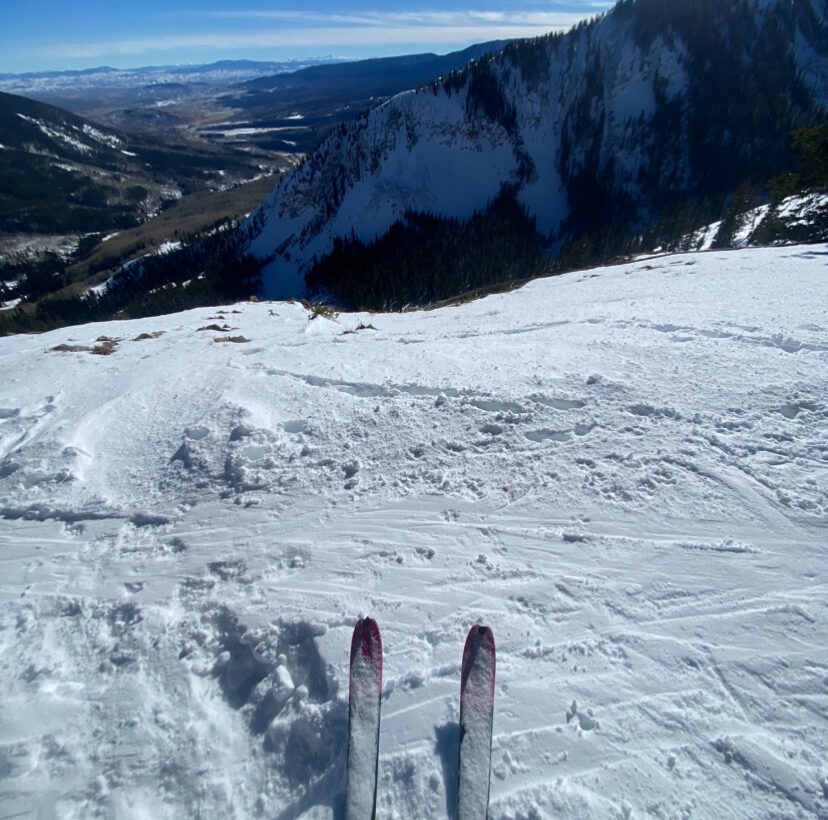
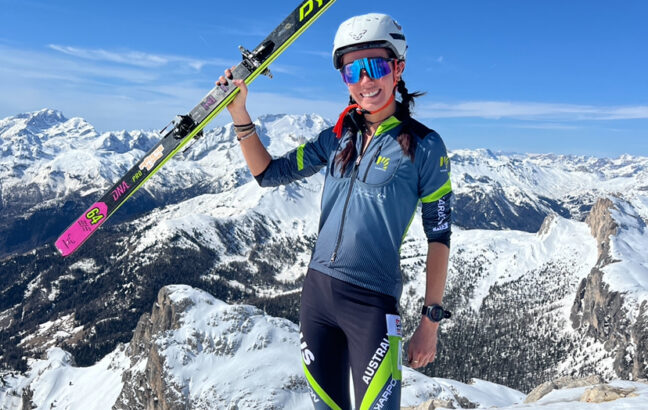
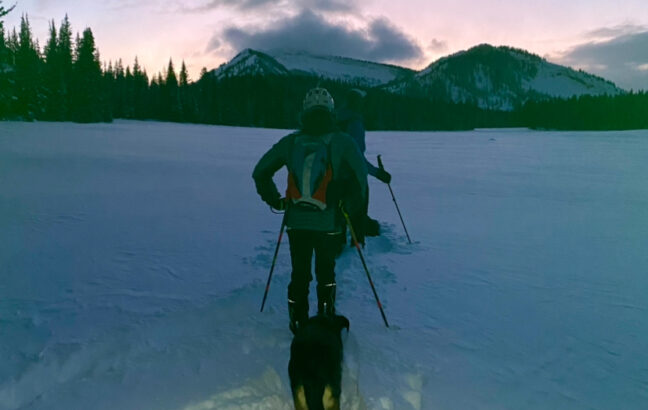
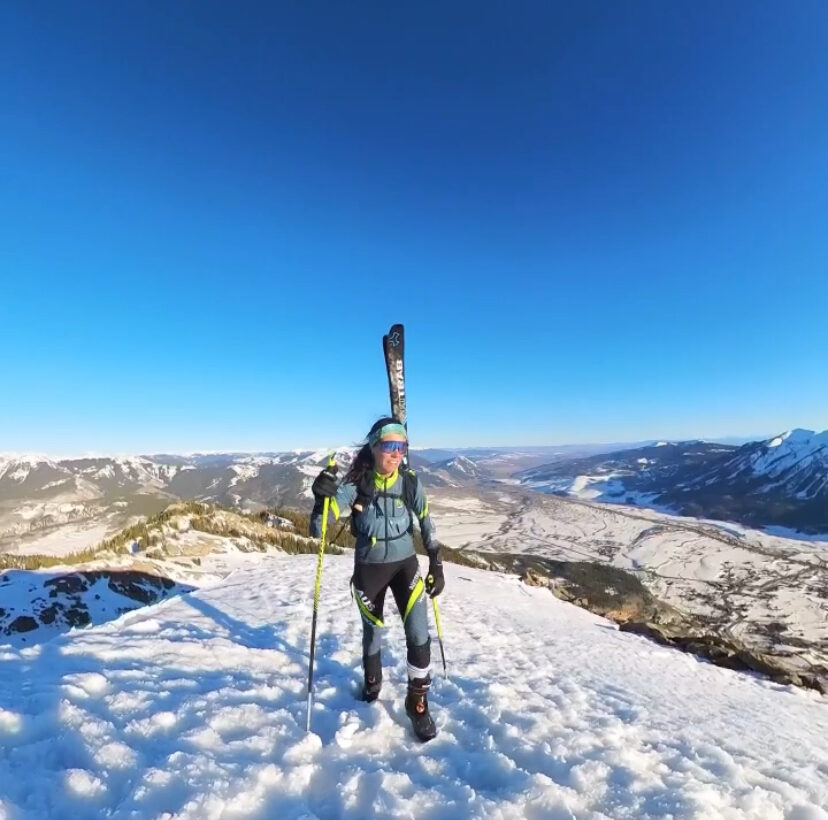

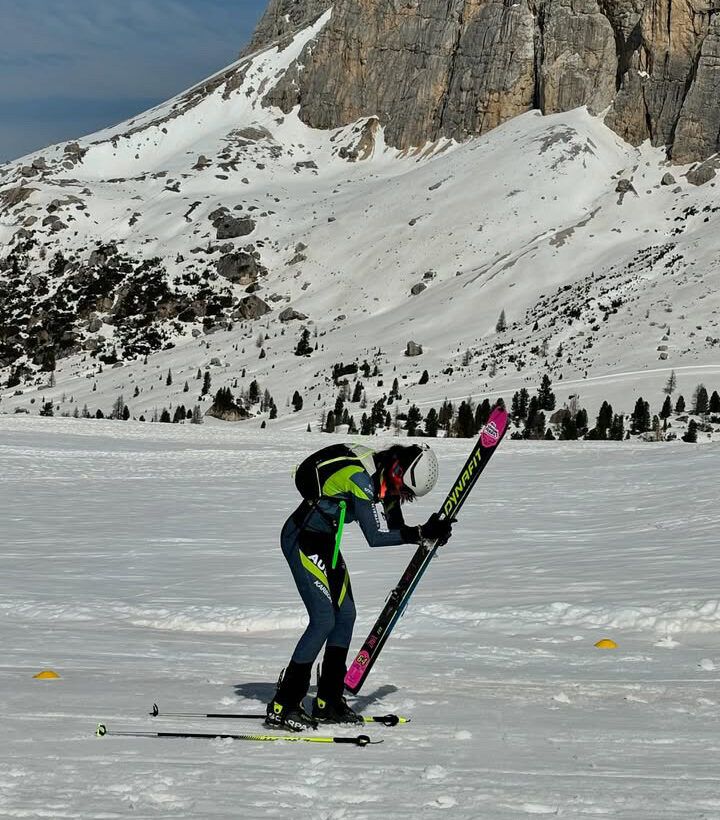
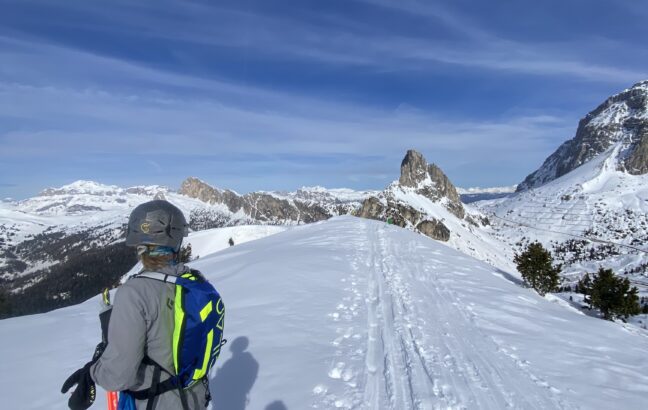
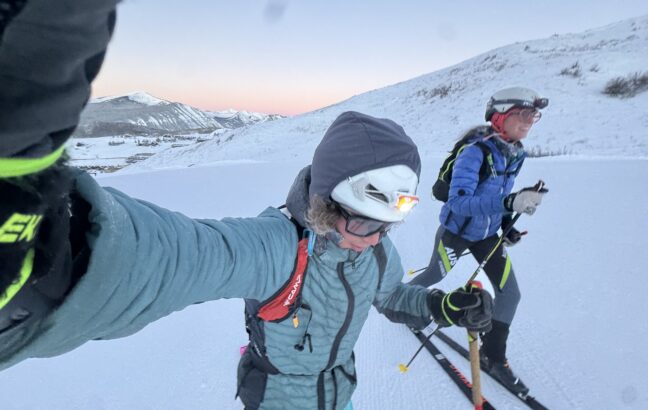
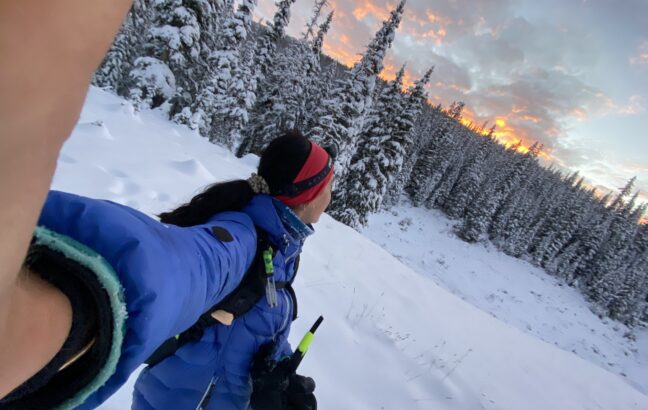
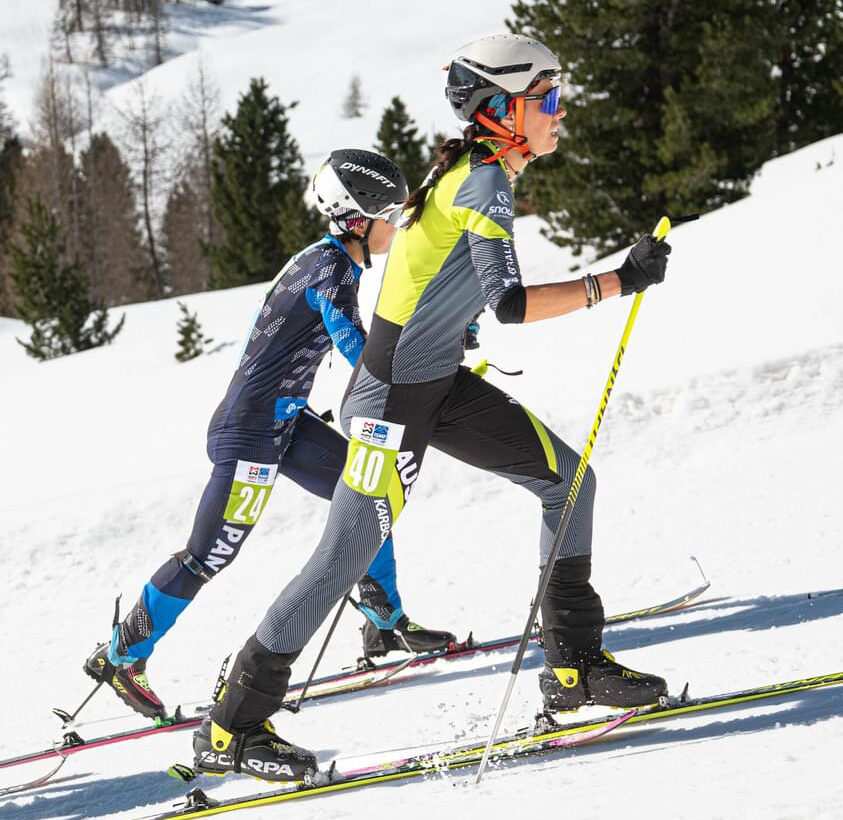
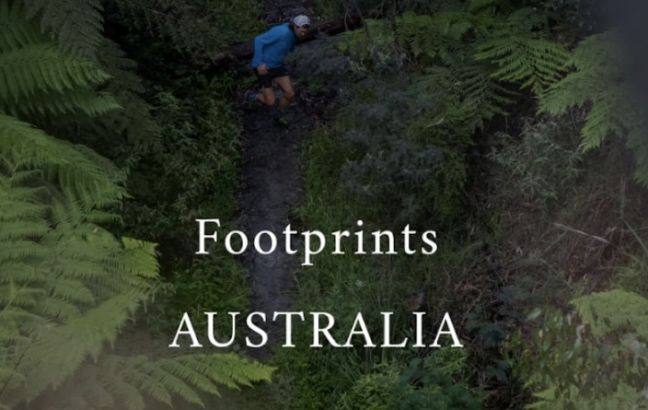
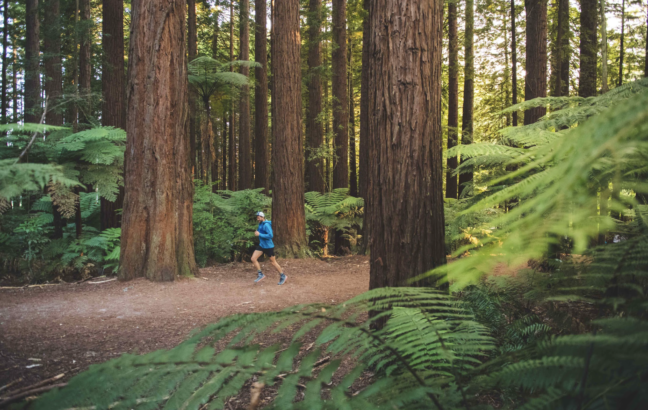
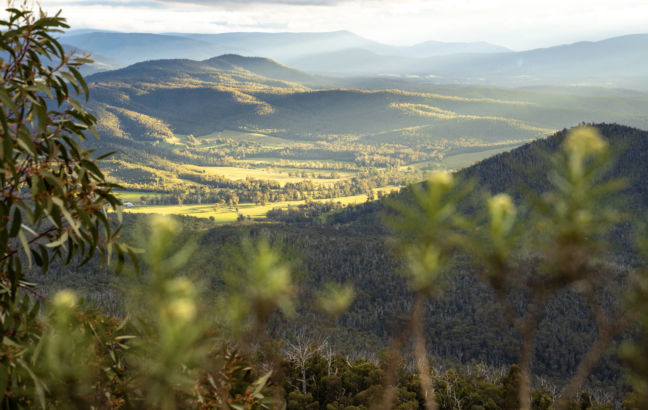


 Website:
Website: